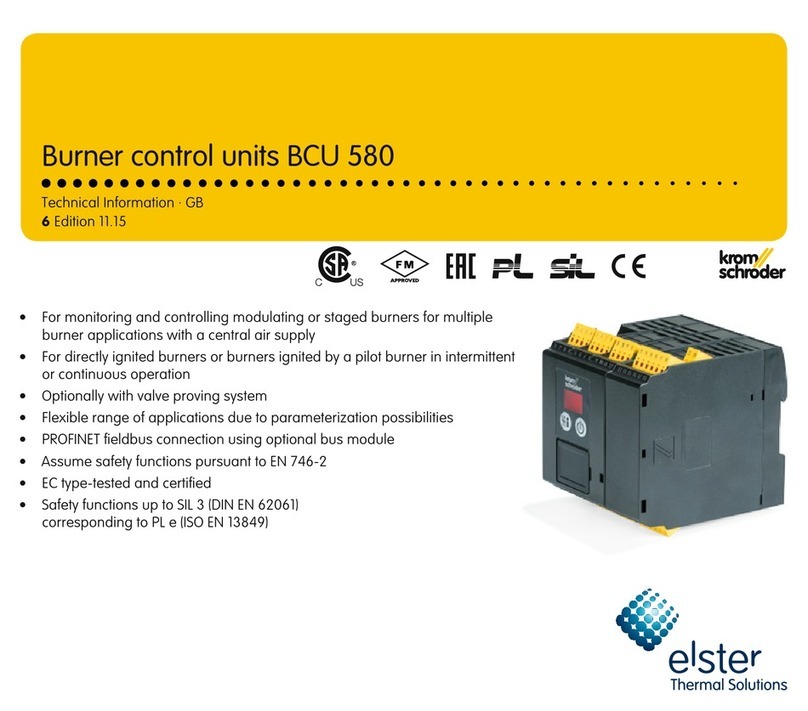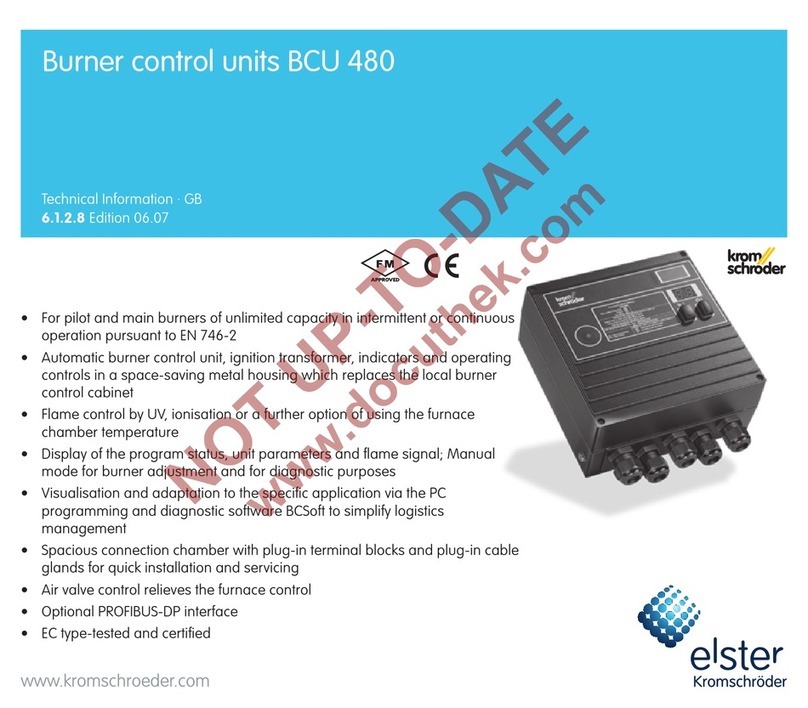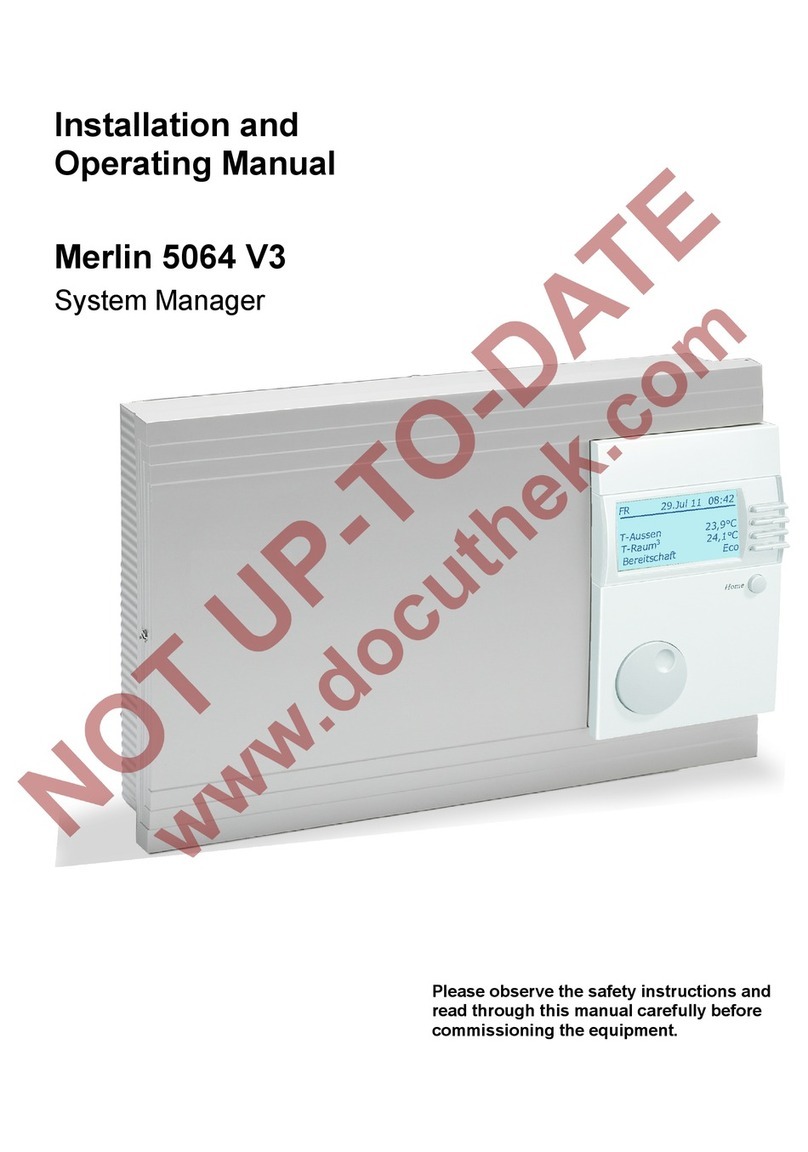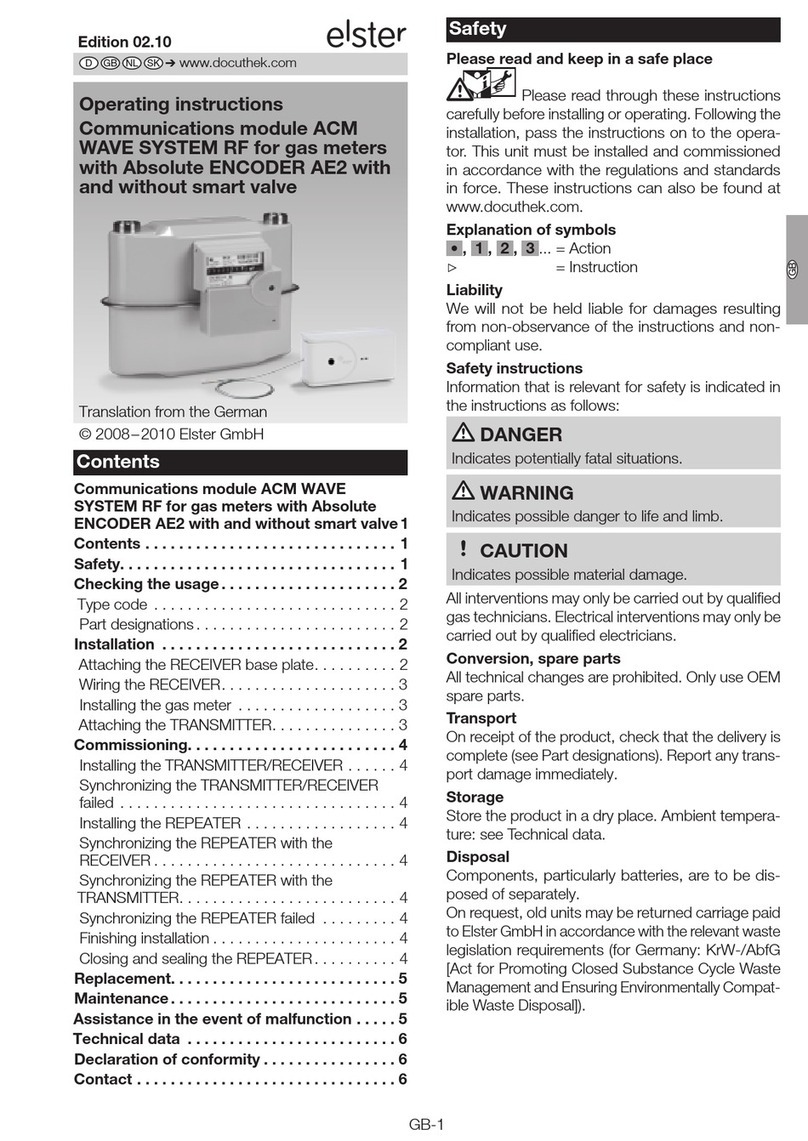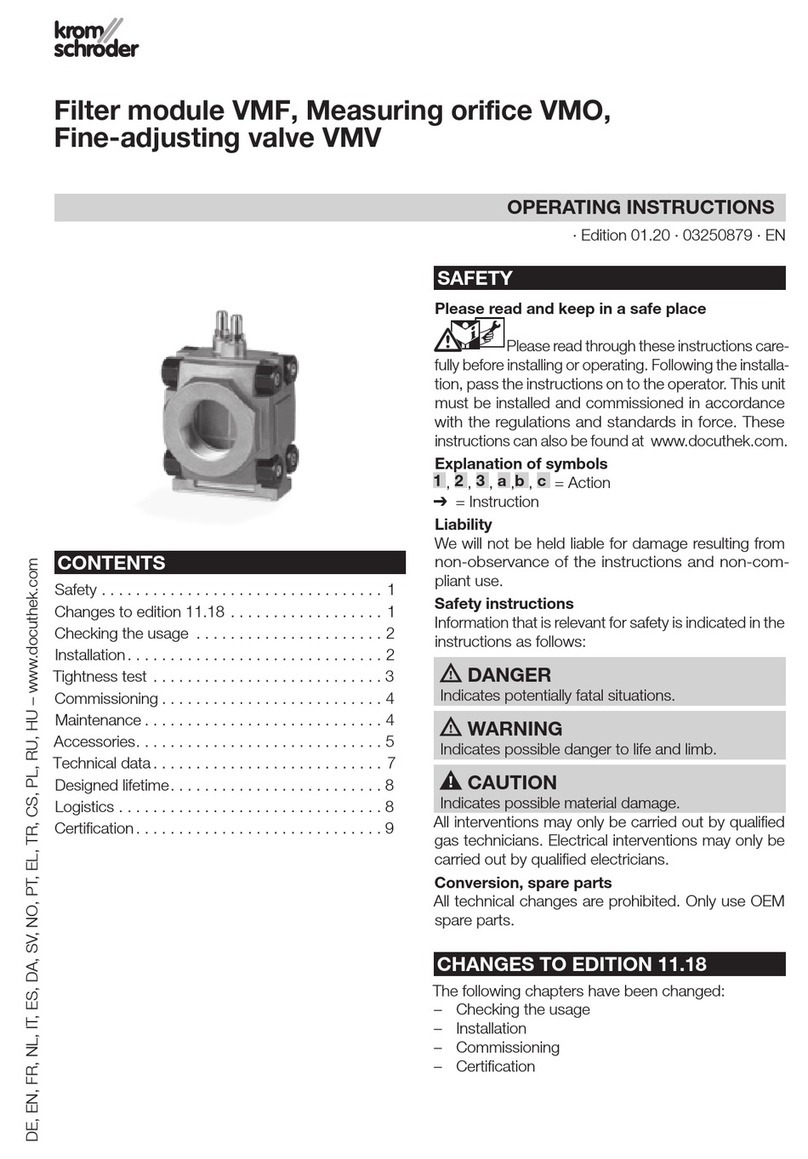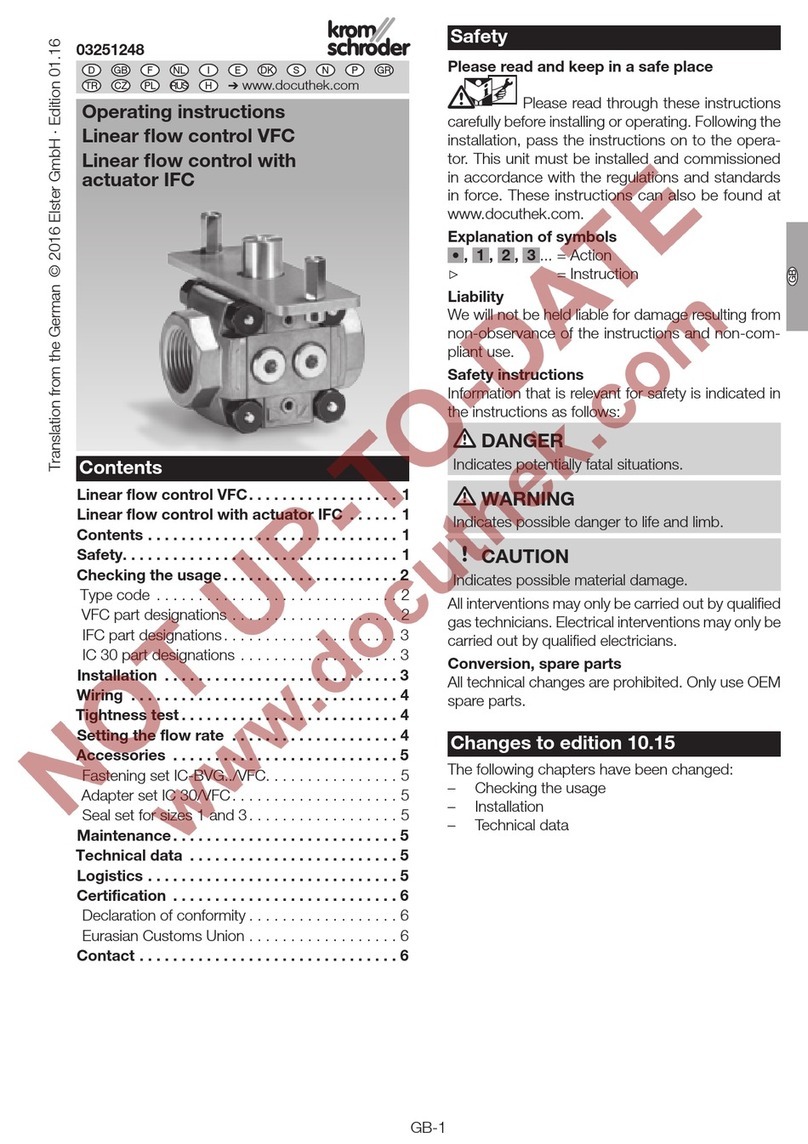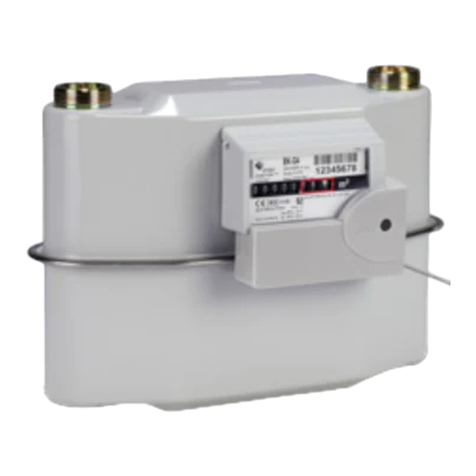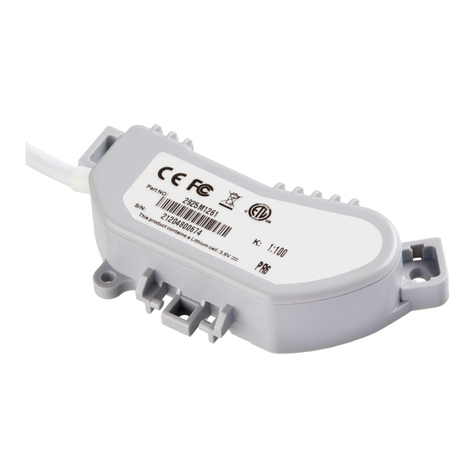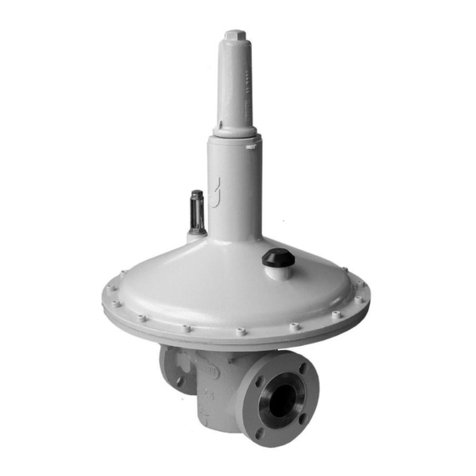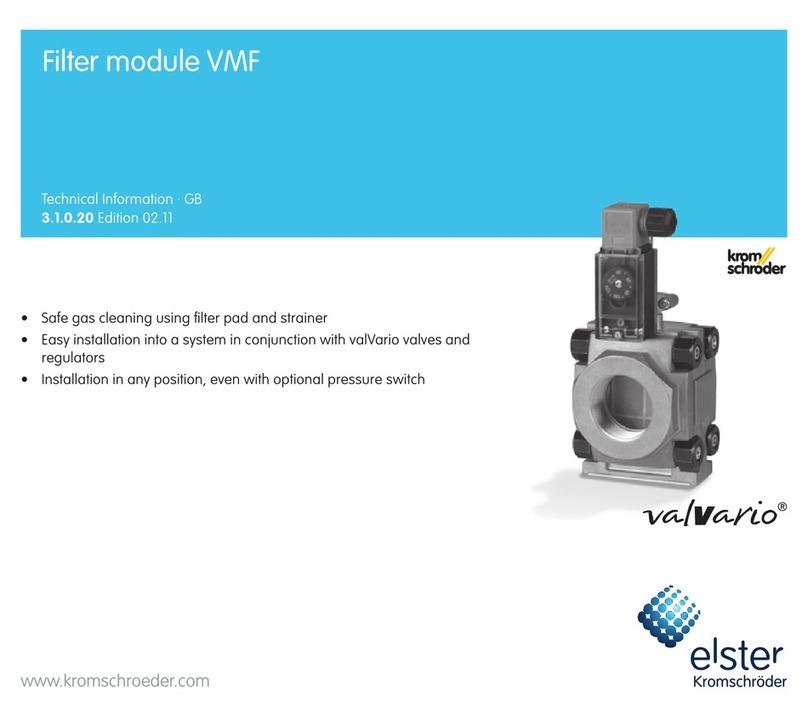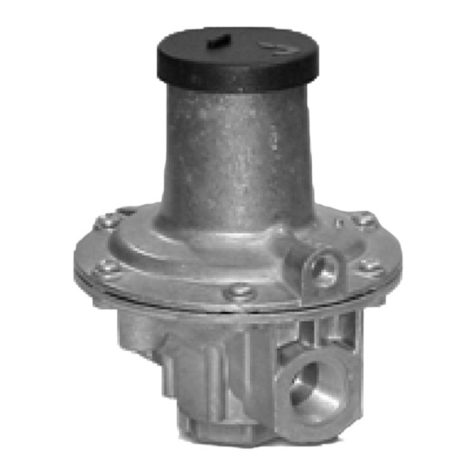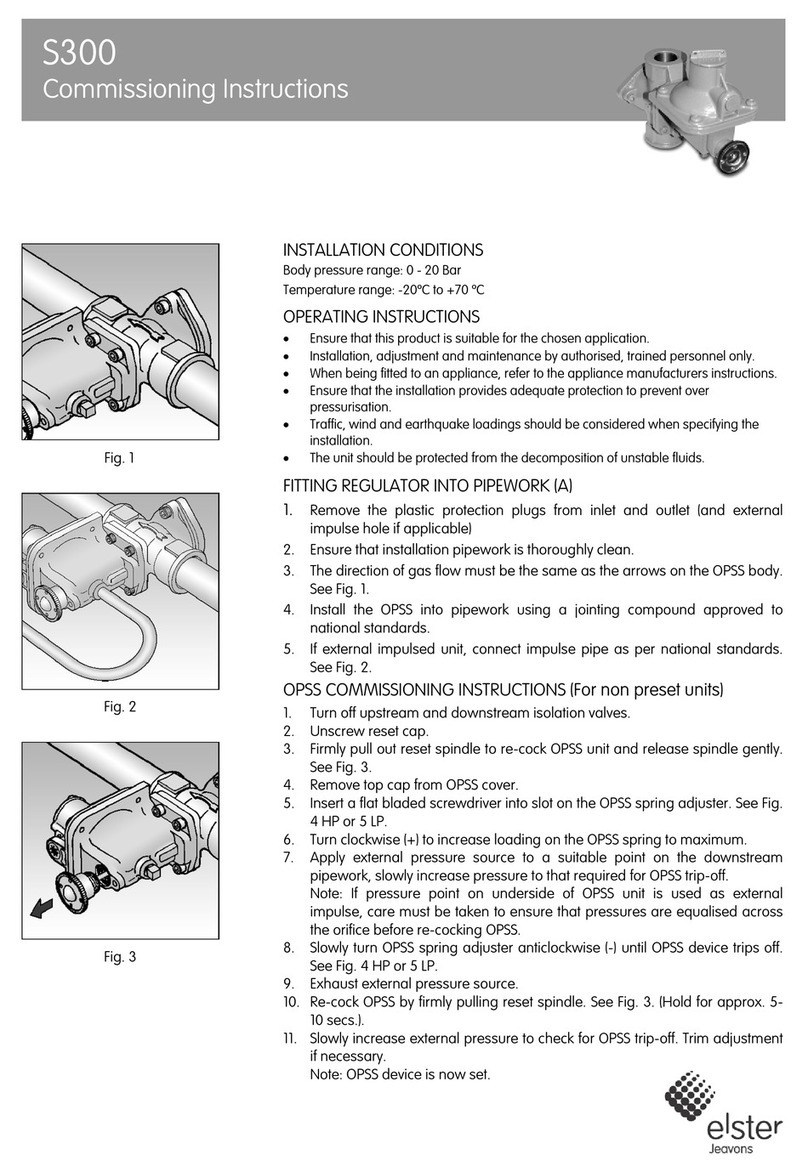
GB-9
GB
? Faults
! Cause
• Remedy
? The pilot flame is not burning.
! No gas supply.
• Check gas pipe.
! No ignition spark.
• Check the voltage supply to the ignition trans-
former.
• Check the high-voltage line from the ignition
transformer.
▷High-voltage line too long.
• Check the distance to the spark electrode.
▷
Distance between burner ground and spark
electrode=2 ± 0.5mm.
• S11T..S: check the functioning of the ignition
transformer switch.
▷
Measure the voltage on the switch input and
output with respect toN.
! Spark electrode burnt off.
• Replace the spark electrode.
? The pilot flame is too small or too large.
! Gas and air pressures are too low or too high.
• Correct the gas pressure.
▷For gas pressures ≥ 30 mbar, fit a gas restrictor
orifice upstream of the burner.
▷ZT 40 with forced air supply: check the air pres-
sure and correct if necessary. Fit an air restrictor
orifice.
• Adjust the air slide valve– see page6 (Setting
the gas/air mixture).
? The control valve closes while the pilot is
in operation.
! The thermo-electric voltage is too low.
• Adjust the gas/air mixture– see page6 (Set-
ting the gas/air mixture).
▷The thermo-electric voltage on the control valve
with respect to ground must be ≥10mV.
! Thermocouple burnt.
•Replace the thermocouple – see page 7
(Replacing the thermocouple).
! The pilot or control valve is defective.
▷
If the thermo-electric voltage on the control
valve is <10mV, loosen the thermo-cable on
the control valve.
• Measure the thermo-electric voltage on the pilot
with respect to ground.
▷
If the thermo-electric voltage on the pilot <20mV:
The pilot is defective.
▷
If the thermo-electric voltage on the pilot ≥20mV:
The control valve is defective.
•Remove the defective unit and return it to the
manufacturer for inspection.
Accessories
Gas restrictor orifice, air restrictor orifice
For adjusting the gas or air volume to increased sup-
ply pressures, a gas or air restrictor orifice is to be
installed upstream of the burner.
Gas restrictor orifice
For ZTA
With internal thread: M12 ×1 (for 8×1 tube).
Hole
[mm]
For gas pressures for opera-
tion with Order
No.
natural
gas
[mbar]
propane
[mbar]
town
gas
[mbar]
1.1 – – 40–60
74451461
0.8 – – 60–100
74451462
0.65 4–120 –100–300
74451466
0.47 120–300 40–120 300–900
74451469
0.36 300–700 120–300
900–1500
74451471
0.31
700–1500
– –
74451472
0.27 –300–700 –
74451474
0.24 –
700–1500
–
74451475
For ZT 40
With internal thread: M12 ×1 (for 8×1 tube).
Hole
[mm]
For gas pressures for opera-
tion with Order
No.
natural
gas
[mbar]
propane
[mbar]
town
gas
[mbar]
1.1 – – 28–70
74451461
0.8 – – 70–160
74451462
0.65 40–120 60–80 160–420
74451466
0.47 120–350 80–160 420–1500
74451469
0.36 350–1000 160–300 –
74451471
0.31
1000–1500
300–500 –
74451472
0.27
–
500–800 –
74451474
0.24
–
800–1200 –
74451475
0.21
–
1200–1500
–
74451476
Air restrictor orifice
The air restrictor orifice can be additionally fitted on
the gas pilot ZT 40../100 upstream of an adjusting
cock GEH 8 for adjusting to air supply pressures >
800 mbar.
With Rp 1/4"connecting thread, 1.5mmhole.
The pressure loss of the orifice is 700 mbar at
1.5m3/h of air.
Order No. 74452742.
High-voltage cable
For ignition cable.
FZLSi 1/7, -50 to 180°C (-58 to 356°F),
Order No. 04250410, or
FZLK 1/7, -5 to 80°C (23 to 176°F),
Order No. 04250409.
Thermo-cable and grounding cable
For transferring the thermo-electric voltage from the
thermocouple of burners ZT40 and ZTI55 to the
thermo-cable connection of the control valve S11T
and for grounding.
Cable cross-section 6 mm2,
Order No. 04250404
